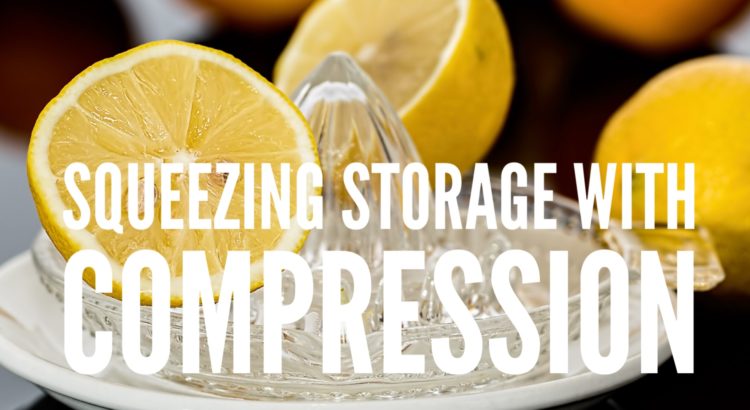We’re going virtual in 2020, and Compute, Memory, and Storage are important topics at the upcoming
SNIA Storage Developer Conference.
SNIA CMSI is a sponsor of SDC 2020 – so visit our booth for the latest information and a chance to chat with our experts. With over
120 sessions available to watch live during the event and later on-demand, live Birds of a Feather chats, and a
Persistent Memory Bootcamp accessing new PM systems in the cloud, we want to make sure you don’t miss anything!
Register here to see sessions live – or on demand to your schedule. Agenda highlights include:
Computational Storage Talks
Deploying Computational Storage at the Edge – discussing the deployment of small form factor, asic-based, solutions, including a use case.
Next Generation Datacenters require composable architecture enablers and deterministic programmable intelligence – explaining why determinism, parallel programming and ease of programming are important.
Computational Storage Birds of a Feather LIVE Session – ask your questions of our experts and see live demos of computational storage production systems. Tuesday September 22, 2020 – 3:00 pm – 4:00 pm PDT (UTC-7)
Persistent Memory Presentations Read More
 Last month the SNIA Networking Storage Forum
continued its Storage Networking Security Webcast series with a presentation on Security & Privacy Regulations. We were fortunate to have security experts, Thomas Rivera and Eric Hibbard, explain the current state of regulations related to data protection and data privacy. If you missed it, it’s available on-demand.
Q. Do you see the US working towards a national policy around privacy
or is it going to stay state-specified?
A. This probably will not happen anytime soon due to political reasons. Having a national policy on privacy is not necessarily a good thing, depending on your state. Such a policy would likely have a preemption clause and could be used to diminish requirements from states like CA and MA. Read More
Last month the SNIA Networking Storage Forum
continued its Storage Networking Security Webcast series with a presentation on Security & Privacy Regulations. We were fortunate to have security experts, Thomas Rivera and Eric Hibbard, explain the current state of regulations related to data protection and data privacy. If you missed it, it’s available on-demand.
Q. Do you see the US working towards a national policy around privacy
or is it going to stay state-specified?
A. This probably will not happen anytime soon due to political reasons. Having a national policy on privacy is not necessarily a good thing, depending on your state. Such a policy would likely have a preemption clause and could be used to diminish requirements from states like CA and MA. Read More
 Last month the SNIA Networking Storage Forum
continued its Storage Networking Security Webcast series with a presentation on Security & Privacy Regulations. We were fortunate to have security experts, Thomas Rivera and Eric Hibbard, explain the current state of regulations related to data protection and data privacy. If you missed it, it’s available on-demand.
Q. Do you see the US working towards a national policy around privacy
or is it going to stay state-specified?
A. This probably will not happen anytime soon due to political reasons. Having a national policy on privacy is not necessarily a good thing, depending on your state. Such a policy would likely have a preemption clause and could be used to diminish requirements from states like CA and MA. Read More
Last month the SNIA Networking Storage Forum
continued its Storage Networking Security Webcast series with a presentation on Security & Privacy Regulations. We were fortunate to have security experts, Thomas Rivera and Eric Hibbard, explain the current state of regulations related to data protection and data privacy. If you missed it, it’s available on-demand.
Q. Do you see the US working towards a national policy around privacy
or is it going to stay state-specified?
A. This probably will not happen anytime soon due to political reasons. Having a national policy on privacy is not necessarily a good thing, depending on your state. Such a policy would likely have a preemption clause and could be used to diminish requirements from states like CA and MA. Read More
 The SNIA
The SNIA  Last month, the
Last month, the 




